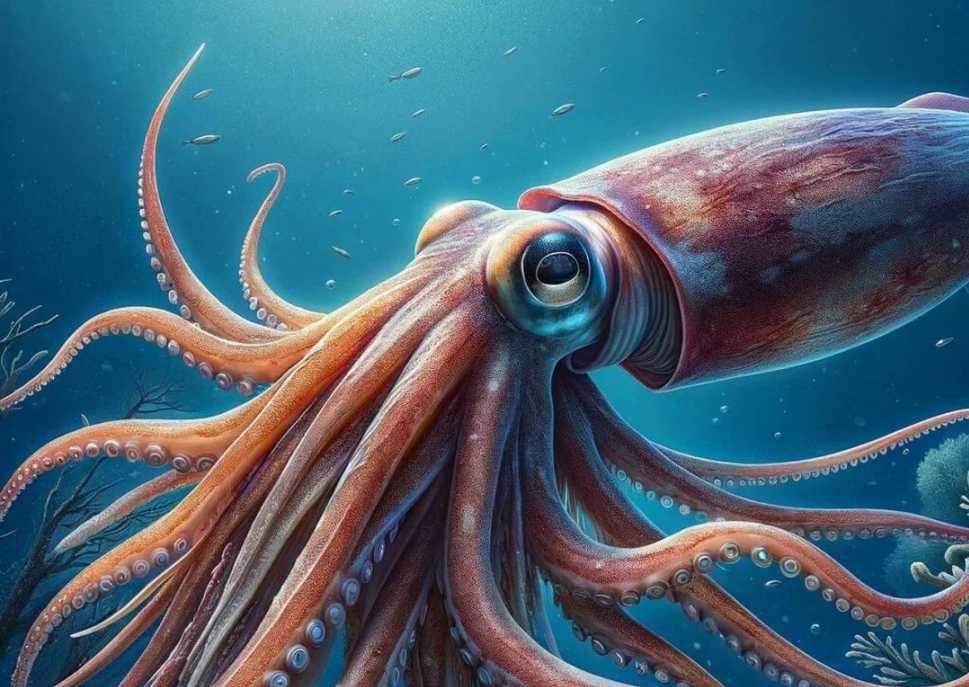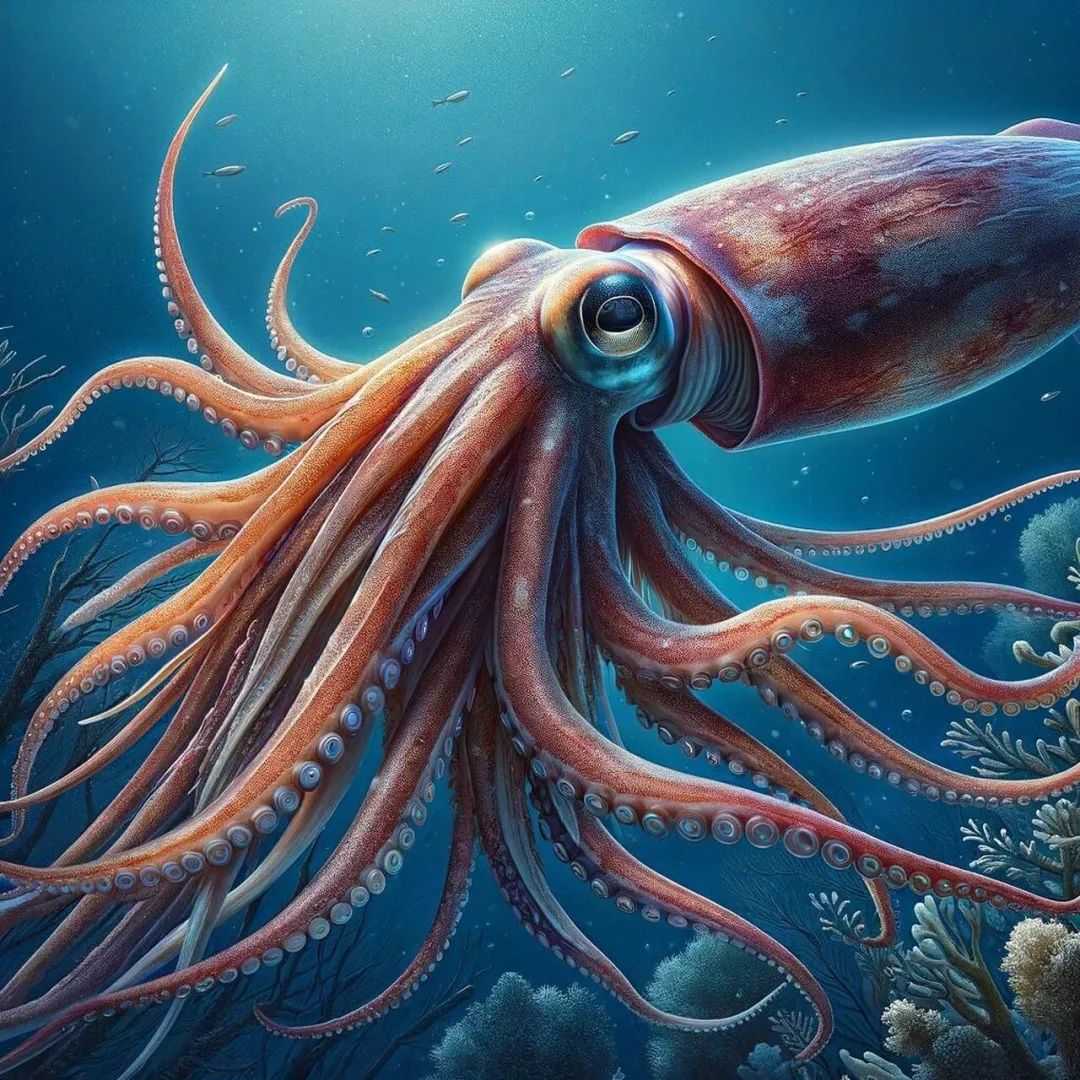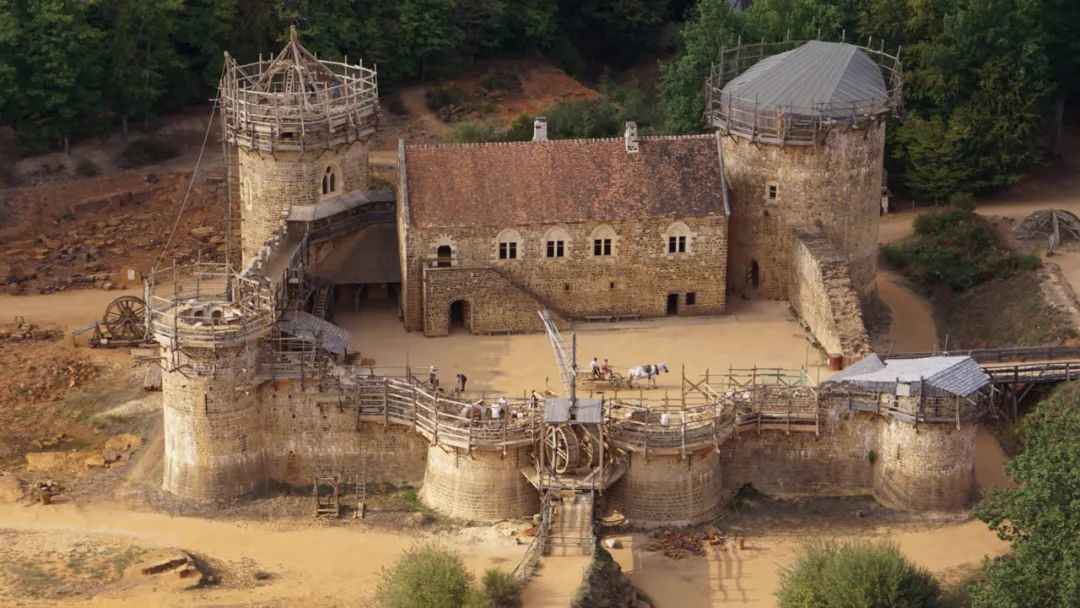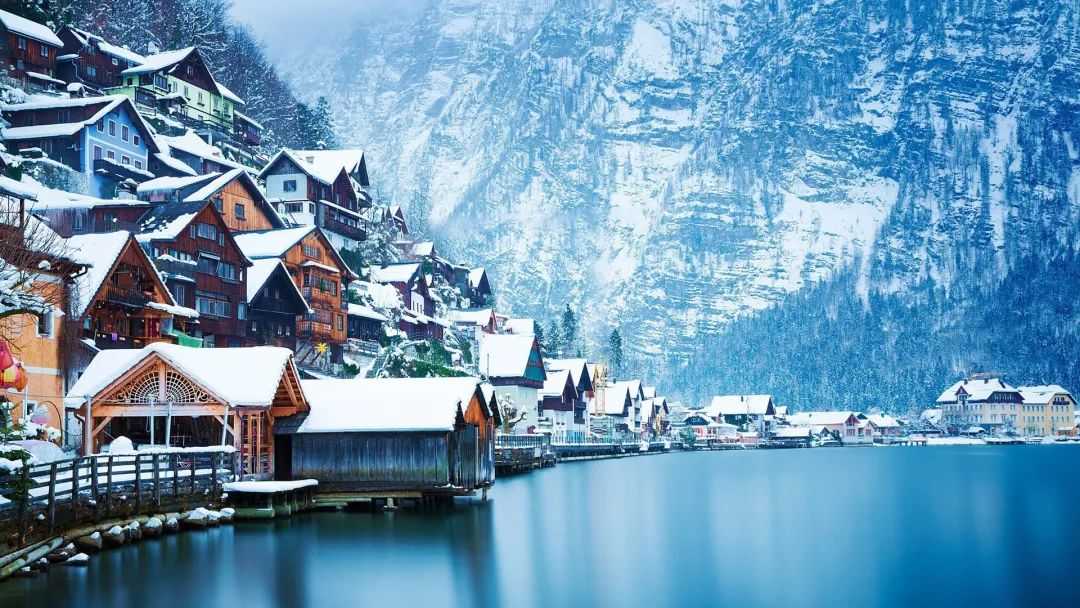
Deep within the world’s darkest ocean trenches lurks the giant squid (Architeuthis dux), a creature that has long inspired both fear and fascination. Stretching over 12 meters in length, this deep-sea behemoth boasts the largest eyes in the animal kingdom—each the size of a dinner plate—allowing it to detect faint movements in the pitch-black abyssal zone. Its legendary status as a "sea monster" is rooted in centuries of maritime folklore, with many believing it to be the inspiration behind the Nordic myth of the Kraken.

Source: Images from the Internet, if there is any infringement, please contact the removal of
The giant squid’s physiology is a marvel of deep-sea adaptation. Its massive, torpedo-shaped body is dominated by ten powerful tentacles lined with hundreds of suction cups, some equipped with sharp, rotating hooks. These appendages can strike with lightning speed, ensnaring prey like deep-sea fish and smaller squid in an unescapable grip. Its parrot-like beak, hidden at the center of its tentacles, can crush shells and bones with incredible force, making it one of the ocean’s most fearsome predators.
For decades, the giant squid remained a mystery, glimpsed only in rare encounters with fishermen or as accidental bycatch. Modern technology, however, has begun to unravel its secrets. Remote-controlled submarines and underwater cameras have captured footage of these creatures in their natural habitat, revealing a surprisingly agile swimmer propelled by a muscular mantle. While still shrouded in intrigue, the giant squid’s role in marine ecosystems—as both predator and prey to sperm whales—highlights its importance in the ocean’s food web. As scientific research continues, the line between myth and reality blurs, but the giant squid’s status as a symbol of the ocean’s uncharted mysteries remains unchallenged.






